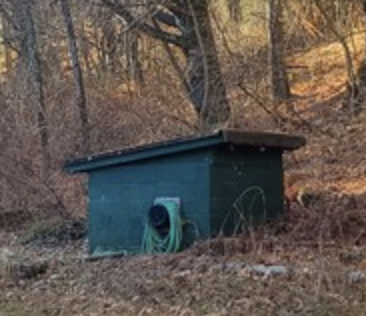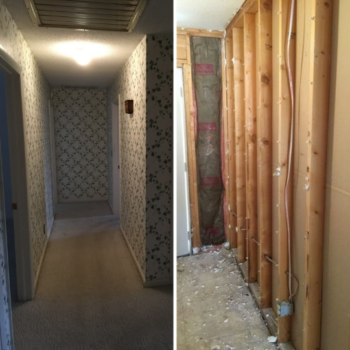Water

In the High Country, there are a few water sourcing options for homes. If a house is located within the town proper – such as Boone, Seven Devils, or Blowing Rock – city water is usually available. However, assuming a house is on city water would be a mistake. While the MLS may indicate a house is on city water, it’s of paramount importance to verify that with the town. My team always calls the town utilities and confirms that city water is indeed attached to the house.
If a home is located outside the city limits the property will usually have a well or a shared well. When buying a property with a well, it is important to try to locate the well record. The well record tells how deep the well is and how many gallons per minute the well yielded when it was dug. I’ve seen records that range from 900 feet deep producing 1/2 gallon per minute to 150 feet deep producing 12 gallons per minute. This illustrates how radically different the quality of wells can be. In this example, the latter is definitely preferred.
Your agent will help you obtain the well record from the driller or from a tag attached to the well. Drillers often say that the tag is attached to the well, however, over the years, the people I have hired to locate this tag have rarely been successful. My team’s sleuth work is amazing, but sometimes our best efforts still don’t find the well record. In that case, a well specialist can be hired to test and provide an up-to-date production inspection, check the health of the pump, advise on the well condition, etc. Your general inspector can also advise if the water pressure seems low.
The ideal situation is a private well that only serves one house. A private well owner has all the maintenance and financial responsibility for repairs, upkeep, and replacement. There is a small electricity expense for running the well pump, but in my experience, it does not raise the electricity bill much.
The shared well system is the most common option in our area. Some subdivisions have multiple wells. Sorrento Skies, which has scores of homes, has a nicely organized well system where a well manager oversees one well and the specified properties attached to that well. The homeowners associated with a particular well contribute to the collective, pro-rata portion of the well electric expenses and share the expense should there be a system failure. The group may test for water quality from time to time.
There are also shared well systems that are much less developed and organized. Your home may be connected to the well that is three houses down (keep in mind our topography), so things can get interesting.
When you find a property with a shared well system, your well inquiries begin with your general inspector. However, since the well isn’t on your desired property, you will want to make sure there’s a deeded right to the well. You would seek permission (via your agent) to have a specialist inspect the shared well.
I have seen as many as 12 homes connected to a shared well! A shared well system demands thorough due diligence. You will want to learn the condition of the pressure tank, the well depth, the water yield per minute, etc. I will leave it to the experts to advise and instruct but I will say that shared wells in less organized situations can be a bit tricky.
Lastly, there are also community systems where the water quality is managed by a state agency. This is the case for Echota, Fleetwood Falls, and Chapel Hills community.
As this article is mostly about water sources for our area, there are numerous water topics and details we’ve not touched on such as water quality, life expectancy of the well, pipe health from the house to the well, pipes within the house, and more. Let’s chat about those another day.




